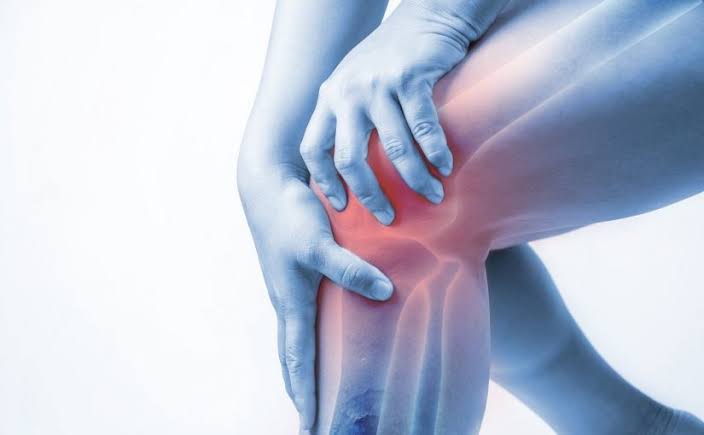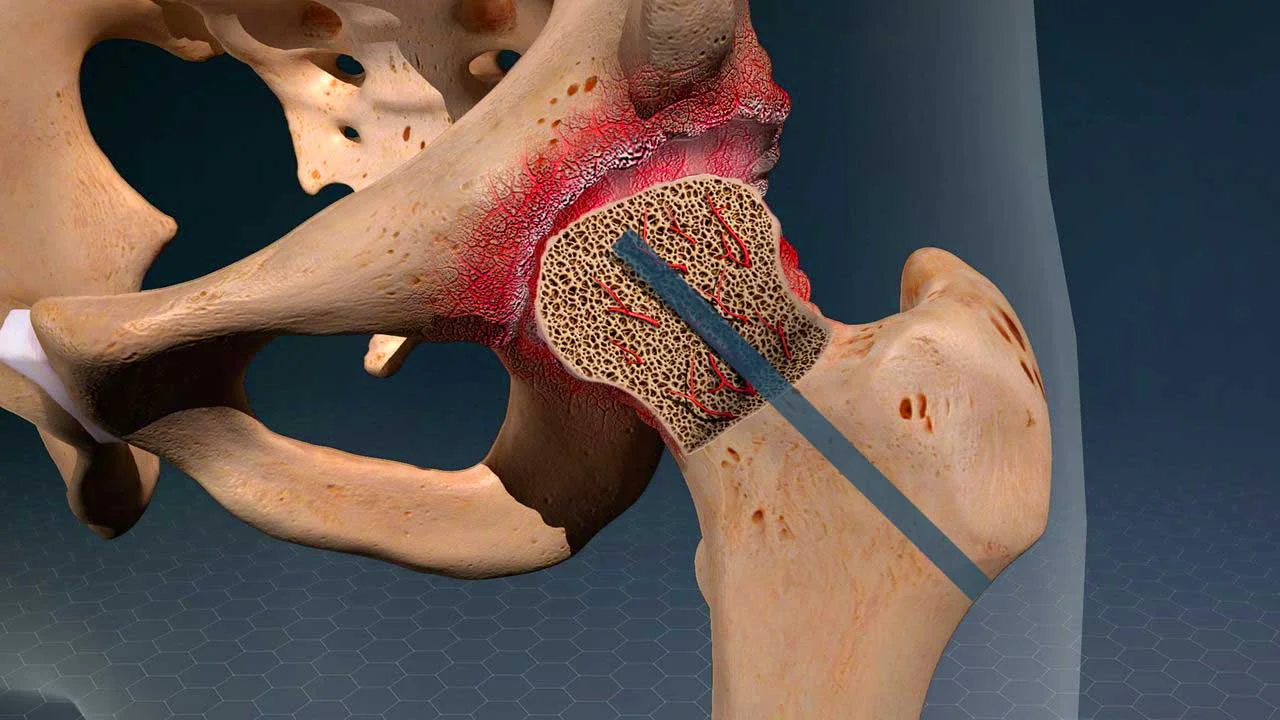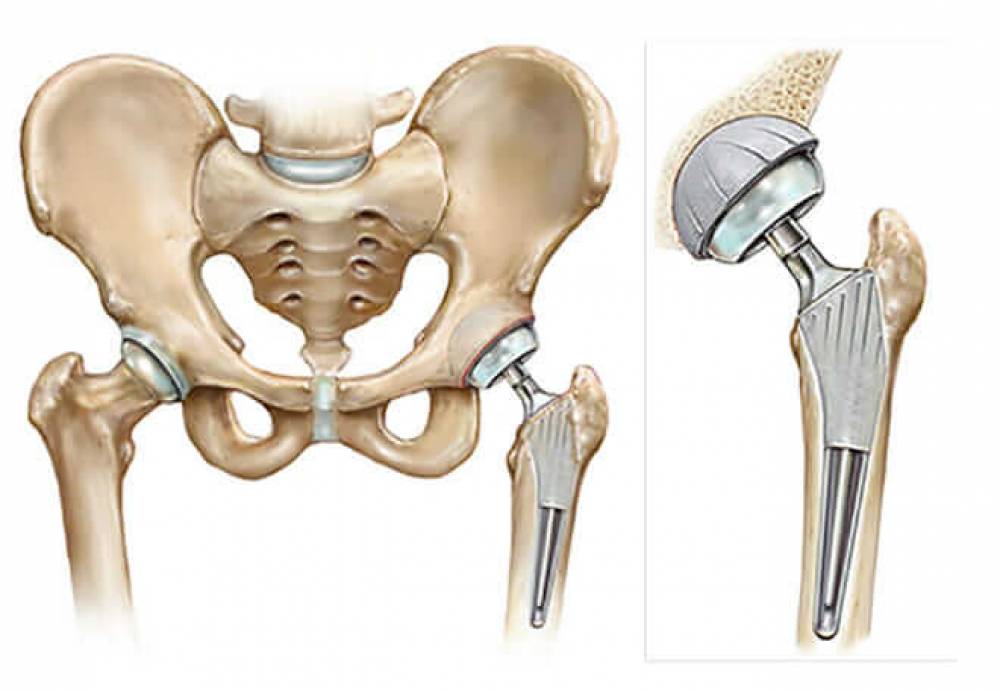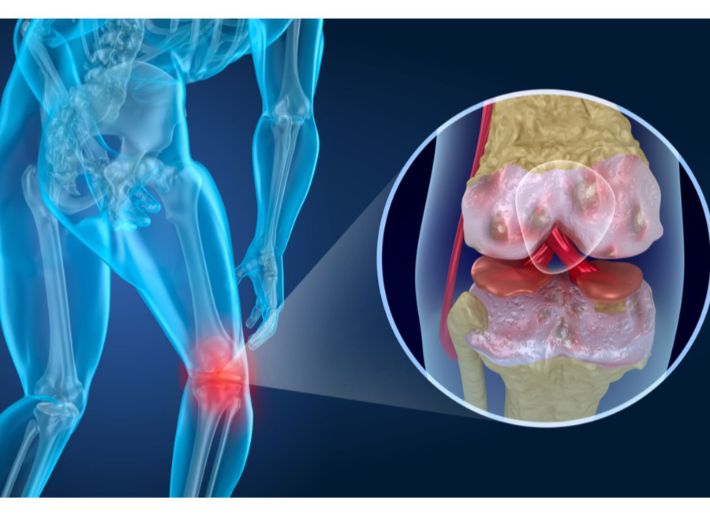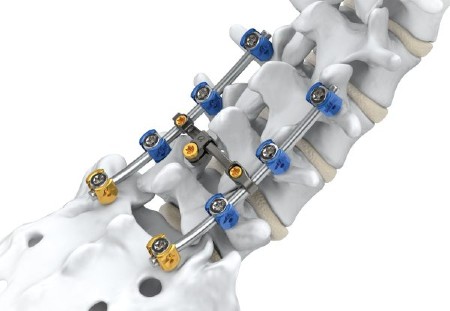?Where is the Foot Arch Located and What Are the Main Causes of Pain
Where is the metatarsal, there is no doubt that everyone knows the location of the metatarsal, but its painful injury makes the person confused and feeling irritated, so through this article we will learn in some detail the most important details related to it in terms of the causes of injury pain and treatment methods, in addition to the various prevention methods and the complications resulting from it.

Where is the metatarsal
The metatarsal is located in the human foot and consists of a group of bones called the foot bones. These bones consist of five long bones, where the tarsal bones connect to the phalanges of the foot. The metatarsal bones are numbered from the medial side, and the fifth bone is included in the metatarsal, and this bone is long and located on the outer side of the foot. The fifth bone connects the base of the foot (the cuneiform bone) to the distal phalanx (bone) of the little toe.
Fractures may occur in the metatarsal bones, such as stress fractures, as a result of repeated running for long periods without sufficient rest, in addition to accidents or collisions with solid objects. Walking or running for a long time can lead to a fracture and strain in the metatarsal, and you can contribute to improving your quality of life by getting rid of metatarsal pain with Dr. Amr Amal.
What is metatarsal pain
Metatarsal pain is a common condition that affects people who feel pain in the forefoot area, especially in the metatarsal joint area. The pain can be constant or appear when walking or exercising. The causes of metatarsal pain include several factors, including wearing ill-fitting shoes that put pressure on the forefoot, and intense sports activities that put excessive stress on the metatarsal joints.
The forefoot may be subjected to pressure during running, jumping, or intense training, leading to misalignment of the joint surfaces and damage to the cartilage between them. Excessive obesity is also one of the factors associated with metatarsal pain, as excess weight affects the feet and increases the body’s pressure on the metatarsal joints.
If you are suffering from metatarsal pain, it is recommended to avoid wearing tight shoes or excessively high heels, and to wear appropriate sports shoes. Topical analgesics such as ibuprofen or naproxen can also be used to relieve pain and soothe inflammation.
Causes of Metatarsal Pain
Metatarsal pain is a common condition that many people suffer from, causing painful and uncomfortable pain in the metatarsal area specifically. This pain can reduce the ability to walk and perform daily activities freely. Here, we will review the causes of metatarsal pain and the most important methods for treating and preventing it:
- Inflammation of the foot nerves:
Nerve inflammation is one of the common causes of metatarsal pain. This inflammation occurs as a result of the nerves rubbing against the metatarsal bones or twisting the nerves. This can cause severe and acute pain in the area. - Surgery or injury:
Direct injuries to the foot or fractures in the metatarsal bones can cause metatarsal pain. Athletes or people who engage in strenuous physical activities may be exposed to this type of injury, and for more information on football injuries click here. - Intense exercise and high-pressure activities:
Runners and those who work in jobs that require standing for long periods or participating in intensive sports activities are at risk of developing metatarsal pain. The pressure on the metatarsal during running leads to inflammation and irritation of the bony areas in this area, causing severe pain. - Structural problems in the foot:
There may be structural problems in the foot that play a role in the occurrence of metatarsal pain. This may include a low or excessive arch, structural imbalance in the foot, foot slippage, and other anatomical disorders that affect the metatarsal. - Age and aging:
Age may be an influential factor in the occurrence of metatarsal pain. With advancing age, the tissues in the foot become less flexible and strong, making them more susceptible to injury and inflammation.
Symptoms of Metatarsal Pain
In these paragraphs, we will review the most prominent symptoms that can accompany metatarsal pain, which are as follows:
- Toe Pain:
A person suffering from metatarsal pain may experience severe pain in the toes. Some describe it as a feeling of stabbing or burning in the toes. - Swelling and redness:
There is often visible swelling and redness in the metatarsal area, especially around the heel of the foot, causing discomfort and itching. - Tingling and numbness:
Numbness and tingling in the metatarsal area and the sole of the foot can occur, and this is a common symptom of metatarsal pain. This numbness may be temporary or persistent and can cause a feeling of itching and cramping. - Difficulty with movement and walking:
The person with metatarsal pain may find it difficult to perform daily activities due to pain and swelling. Walking or standing for long periods of time may be difficult, which impedes the person’s movement and affects their daily performance. - Increased pain during loading:
When engaging in strenuous activities such as running or standing for long periods, the person with metatarsal pain may feel an increase in pain and a negative impact on the foot.
Don’t suffer anymore, book an appointment with Dr. Amr Amal and enjoy the long-lasting vitality-filled rest for metatarsal pain.

How is Metatarsal Pain Diagnosed?
Metatarsal pain is a common condition and is often associated with nerve enlargement or joint inflammation in the foot area. People suffering from this pain may present to the doctor for accurate diagnosis. Here are some of the methods used to diagnose metatarsal pain:
- Clinical examination:
The diagnosis of metatarsal pain usually depends on the clinical examination of the affected person. The examination aims to identify the painful areas and evaluate the movement and friction in the joints and nerves. - X-rays:
The doctor may perform X-rays to detect any deformities in the foot structure or to ensure the absence of fractures or chronic joint diseases. - Magnetic resonance imaging:
Magnetic resonance imaging may be used in some cases to identify arthritis or nerve enlargement more accurately. - Ultrasound examination:
This examination relies on the use of ultrasound waves to diagnose the condition of metatarsal pain. The doctor can see the internal organs and identify any inflammation or swelling in the soft tissue. - Blood test:
In rare cases, a blood test may be requested to rule out any other potential conditions such as rheumatoid arthritis.
These methods may be used to diagnose metatarsal pain separately or in combination, depending on the patient’s condition. The doctor will analyze the results and direct the necessary treatment to relieve the pain and improve the condition of the foot. Treatment methods may include drug treatment, physical therapy, changes in walking patterns, and the use of assistive devices such as medical insoles. It is always recommended to consult a specialist doctor to obtain an accurate diagnosis and appropriate treatment.
Treatment of Metatarsal Pain
Metatarsal pain may be the result of arthritis or poor blood circulation or other symptoms. If you are suffering from metatarsal pain, this guide provides some medical advice on how to treat this condition naturally and safely, including the following:
- Use of ice packs: It is recommended to apply ice packs to the affected area for about 20 minutes each time. This helps reduce inflammation and swelling in the joints.
- Relaxation and rest: The pain may be the result of increased tension and pressure on the feet. Therefore, it is important to take a rest and allow your feet to relax. Shift the weight off the affected foot and give it enough time to heal.
- Perform simple exercises: Simple exercises may help strengthen the muscles around the foot and improve its flexibility. Tie an elastic band around the heel of your foot and gently move it up and down. Continue this exercise for 5-10 minutes several times a day.
- Soak feet in warm water: Be sure to soak your feet in warm water for a quarter of an hour, along with apple cider vinegar, to relieve pain and soothe inflammation.
- Wear appropriate shoes: It is recommended to wear shoes that provide adequate support for the foot and reduce joint pressure. Choose comfortable shoes that fit your feet properly.
- Consult a doctor: If the pain persists and the symptoms worsen, it may be best to consult a doctor. The doctor can provide specific advice and prescribe additional treatments such as physical therapy or the use of mild painkillers.
Always remember that consulting your personal doctor is necessary before applying any of the treatment guidelines mentioned above. The appropriate treatment may vary depending on your specific health condition and the cause of the pain in the metatarsal, and you can prepare for a pain-free life with the expertise of Dr. Amr Amal in treating the metatarsal.
How Can Metatarsal Pain be Prevented?
Metatarsal pain can range from mild to annoying and affect a person’s ability to walk and perform daily activities, but by following some appropriate preventive measures, you can reduce the likelihood of developing metatarsal pain. Here are some practical tips to prevent metatarsal pain:
1. Make sure to sit properly
- Sit on a chair with both feet on the floor. This helps distribute and reduce pressure on your foot arch.
2. Use cold compresses
- When you feel pain in the metatarsal, apply cold compresses to the sole of the foot for 15-20 minutes. This can soothe the pain and reduce inflammation and swelling.
3. Avoid inappropriate shoes
- Wearing inappropriate shoes may be one of the causes of metatarsal pain. So avoid wearing shoes that are too tight or too loose. Reduce wearing high heels.
4. Choose appropriate sports shoes
- When exercising, make sure to wear shoes that are suitable for the activity you are doing. Choose shoes that provide adequate support for your feet and protect them from excessive shocks.
5. Use metatarsal pads
- Metatarsal pads may be an effective solution to relieve metatarsal pain. Place the ready-made pads directly in the shoe in front of the metatarsal bone. This helps distance the pressure and stress from the painful area, and to learn more about the flatfoot insole read the following article.
6. Rest and prevention
- Give your foot enough rest and avoid exposing it to further injury. Keep your foot from excessive stress and exhaustion.
- After standing or walking for a long time, raise your foot to relieve pressure on the metatarsal.
- Take care of your foot health and choose the appropriate shoes, especially when practicing sports that require running.
As a common occurrence, it can be said that metatarsal pain is preventable and can be relieved through some simple and appropriate measures for your lifestyle. If the pain persists or the symptoms worsen, you should consult a doctor for an accurate diagnosis and appropriate treatment plan.
Complications of Metatarsal Pain
Metatarsal pain can be a painful and annoying condition, but not treating it properly can lead to more serious complications. Here is a list of some of the potential complications of metatarsal pain:
- Formation of foot spurs: Chronic pain in the metatarsal area may lead to the formation of painful bony protrusions, which are an excess growth of bone in the foot.
- Plantar fasciitis: The tendons that carry the toes under the base of the foot (the cuneiform bone) may become inflamed due to repeated friction and excessive pressure on this area, leading to plantar fasciitis.
- Inflammation of tendons and membranes: Excessive loading on the foot can lead to inflammation of the tendons and surrounding membranes. The patient feels severe pain and swelling in this area.
- Tears and bruises: Tearing of the tendons in the metatarsal area can occur due to repeated stress and persistent impacts. This can cause severe pain and bruising in the area.
- Arthritis: Metatarsal pain may be the result of arthritis in the foot, which is a chronic disease that causes pain and swelling in the joints. This inflammation can worsen due to constant stress on the metatarsal area.
Avoiding These Complications and Treating Chronic Foot Arch Pain Requires Following the Appropriate Treatment Regimen. It is always best to consult with a specialized physician for a professional evaluation and consultation.
Does Salt Cause Foot Arch Pain?
Some suggest that foot arch pain may result from the presence of salts. It is worth noting that the scientific link between foot arch pain and the presence of salts is not confirmed, so the accuracy of this statement cannot be assured. However, several potential causes of foot arch pain are known. This type of pain may stem from inflammations or stiffness in the foot’s lining, which can cause pain and fatigue.
Individuals experiencing foot arch pain are advised to consult an orthopedic doctor for necessary examinations and diagnosis. Consulting a specialized physician is the optimal way to identify the causes of pain and suggest suitable treatment for each case. You can prepare for a pain-free life thanks to the medical expertise and excellence of Dr. Amr Aml in treating foot arch pain.
If you would like to learn more about the symptoms of gout and salts, click here.

Best Orthopedic Doctor for Treating Foot Arch Pain
Dr. Amr Aml is distinguished by his excellent experience and superior skills in diagnosing and treating foot arch injuries. He has mastered advanced surgical techniques and utilizes the latest developments in the medical field to provide optimal therapeutic care for patients.
Dr. Amr Aml’s specialties include orthopedic and joint surgery, as well as sports injuries. He previously worked as a deputy at Ain Shams University hospitals for three years. Currently, he serves as a consultant at Borg El Foad Medical Tower and enjoys an excellent reputation in his field.
With his deep knowledge and extensive experience, Dr. Amr Aml offers a unique solution for patients suffering from foot arch pain. He accurately diagnoses the patient’s condition and determines the appropriate treatment, which includes non-surgical methods for uncomplicated cases and precise and effective surgery for more complex situations.
Dr. Amr Aml benefited from his outstanding education, earning a Bachelor’s degree in Medicine from Ain Shams University with honors. He also has academic experience as a lecturer in orthopedic surgery at the same university and has collaborated with prestigious international universities such as Aachen University in Germany.
The clinic where Dr. Amr Aml practices is a distinguished place for treatment. The clinic’s qualified medical team provides professional and personalized services to patients. Dr. Amr Aml works individually with each patient to provide the appropriate healthcare and therapeutic solutions for their specific condition.
Dr. Amr Aml’s competence and extensive experience in orthopedic surgery make him the ideal choice for patients seeking an effective and reliable solution for foot arch pain. Be sure to choose Dr. Amr Aml to receive the treatment you need and improve your health effectively and permanently.




